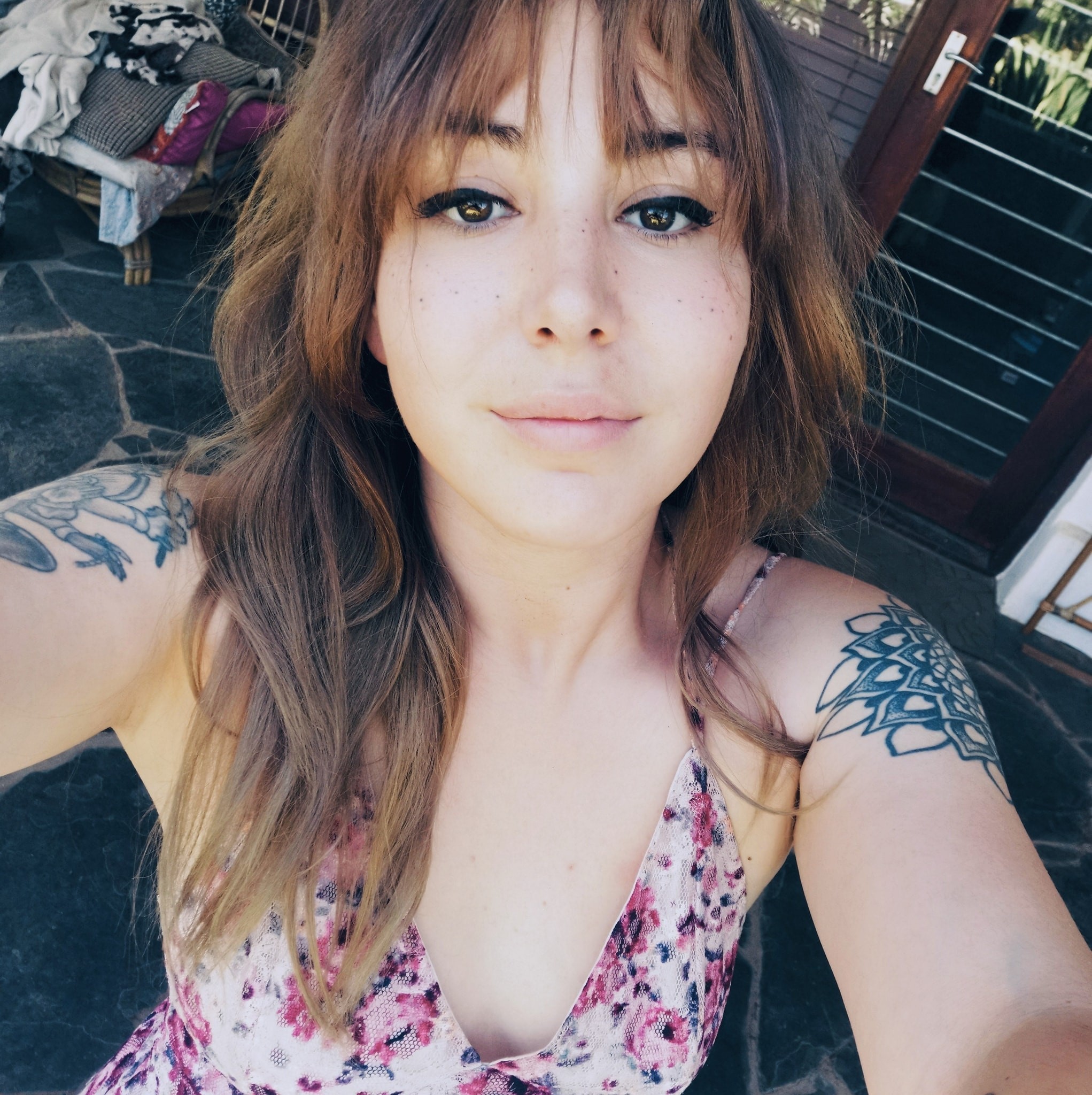We all know rainbows—those colorful arcs that appear after rain when sunlight bends through water droplets. But have you ever heard of a moonbow? Unlike regular rainbows, moonbows appear at night, illuminated by the soft glow of the moon. They are much rarer and harder to see, often appearing as faint white arcs in the darkness. However, with the right conditions and a camera, their full spectrum of colors can be revealed. These breathtaking lunar rainbows are one of nature’s most fascinating and elusive sights, making them a special experience for those lucky enough to witness them.
What Is a Moonbow?

A moonbow is a rare type of rainbow that appears at night. It forms when moonlight refracts through water droplets in the air. Just like a daytime rainbow, the light bends and splits into different colors. However, moonbows look much fainter because moonlight is weaker than sunlight. The human eye often sees them as white or gray due to low light sensitivity. But cameras, especially with long exposure, can reveal the full range of colors. Moonbows are sometimes called “lunar rainbows” and are among nature’s most breathtaking nighttime phenomena.
How Do Moonbows Form?
For a moonbow to appear, several conditions must align. The moon must be nearly full, providing strong enough light to refract through moisture. There must also be water droplets in the air, usually from mist, rain, or waterfalls. The sky should be mostly clear, with minimal light pollution interfering. Like a daytime rainbow, the observer must be standing with their back to the moon. If any of these factors are missing, a moonbow won’t appear. Because the moon provides much less light than the sun, moonbows are much harder to see with the naked eye.
Read More: 50 of The Most Stunning Natural Wonders From Around The World
Where Can You See a Moonbow?
Moonbows are rare, but certain locations increase your chances of witnessing one. Waterfalls are some of the best places since they constantly produce mist. Cumberland Falls in Kentucky is one of the most famous spots in the U.S. for moonbows. Victoria Falls in Africa is another prime location, offering frequent sightings under the right conditions. Yosemite National Park in California is also known for moonbows, especially near waterfalls. Other places, like parts of Hawaii and Scotland, sometimes experience them after nighttime rain showers. If you visit one of these locations during a full moon, you may be lucky enough to see one.
Why Do Moonbows Look Different from Rainbows?

Moonbows share the same formation process as rainbows but look much dimmer. This happens because moonlight is far weaker than direct sunlight. As a result, the colors in a moonbow are often too faint for the human eye to detect. Most people see them as a pale white or gray arc stretching across the night sky. However, when captured with long-exposure photography, their full range of colors becomes visible. This makes them a favorite subject for photographers and stargazers. Unlike daytime rainbows, moonbows require much darker conditions to be seen clearly.
Best Conditions for Seeing a Moonbow
Since moonbows need specific conditions, timing is crucial. A bright, nearly full moon is necessary because a crescent moon won’t provide enough light. The sky should be mostly clear with minimal clouds or light pollution. A water source—such as a waterfall, mist, or light rain—must be present to create airborne water droplets. The observer should stand with their back to the moon, looking toward the mist or rainfall at an angle of around 42 degrees. These conditions are difficult to achieve at the same time, making moonbows a rare sight.
Are Moonbows Rare?
Yes, moonbows are far less common than daytime rainbows. This is because they require a nearly full moon, proper moisture, and a dark, clear sky. In most urban areas, light pollution makes them almost impossible to see. Additionally, the human eye struggles to detect their faint colors in low light. Many people go their entire lives without witnessing one. However, for those who seek them in the right locations at the right times, seeing a moonbow is a magical experience.
Capture a Moonbow with a Camera

Because moonbows appear dim to the naked eye, photography can enhance their beauty. A long-exposure camera is the best way to capture their full colors. Using a tripod helps stabilize the shot for a clearer image. Setting a slow shutter speed allows more light to enter the lens, making the moonbow’s colors more vibrant. A higher ISO setting can also improve brightness, though too much may cause graininess. Some modern smartphones with night mode can also capture moonbows with surprisingly good results. If you ever spot one, a camera will help you preserve the moment.
Final Thoughts
Moonbows are one of nature’s most enchanting yet elusive phenomena. Unlike daytime rainbows, they require a full moon, moisture, and near-perfect conditions. Many people never see one in their lifetime, but for those who do, it’s an unforgettable sight. Whether you chase them in famous locations or stumble upon one by chance, a moonbow is a breathtaking reminder of the moon’s hidden magic. If you ever have the opportunity to witness one, take a moment to enjoy its rare and mysterious beauty.
Read More: 16 Stunning Natural Wonders That Prove Earth’s Unparalleled Beauty

